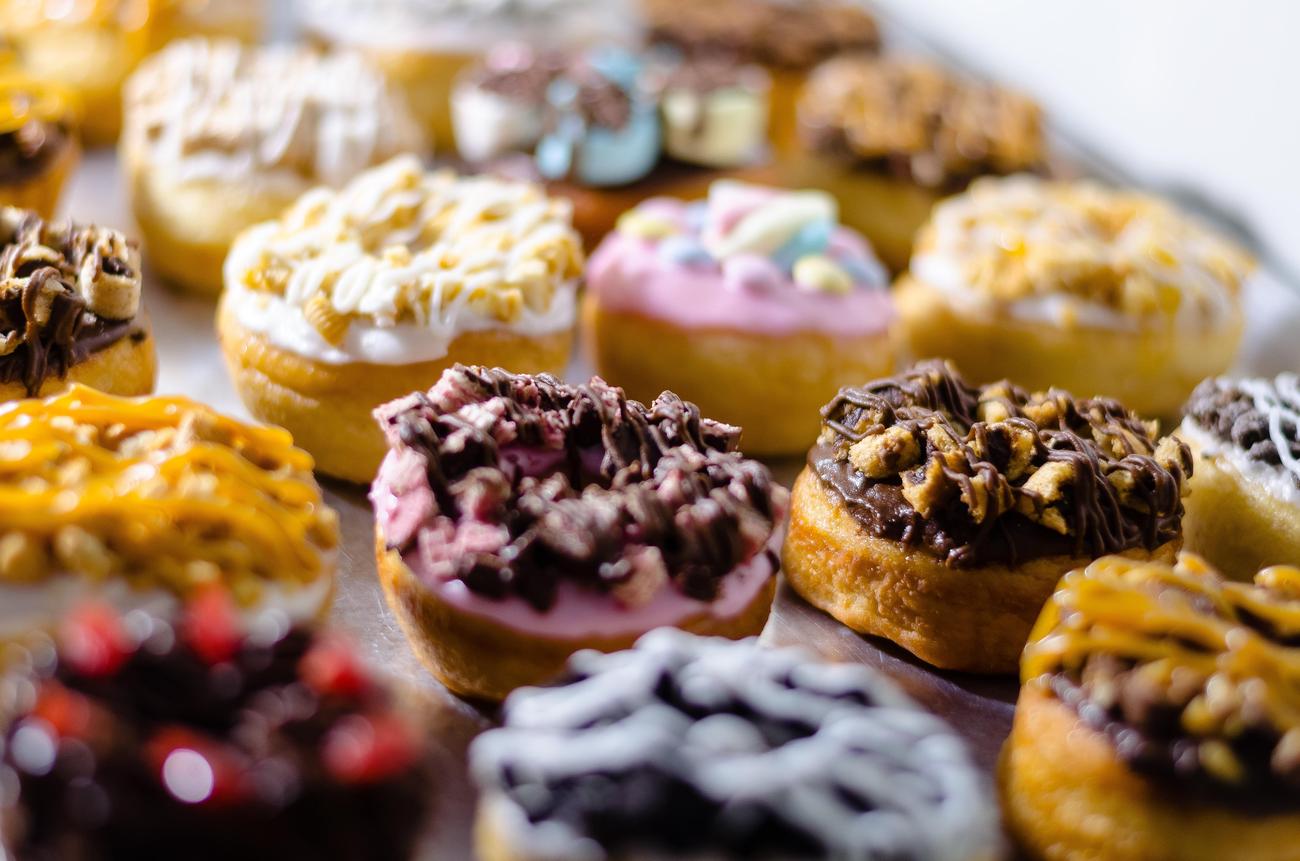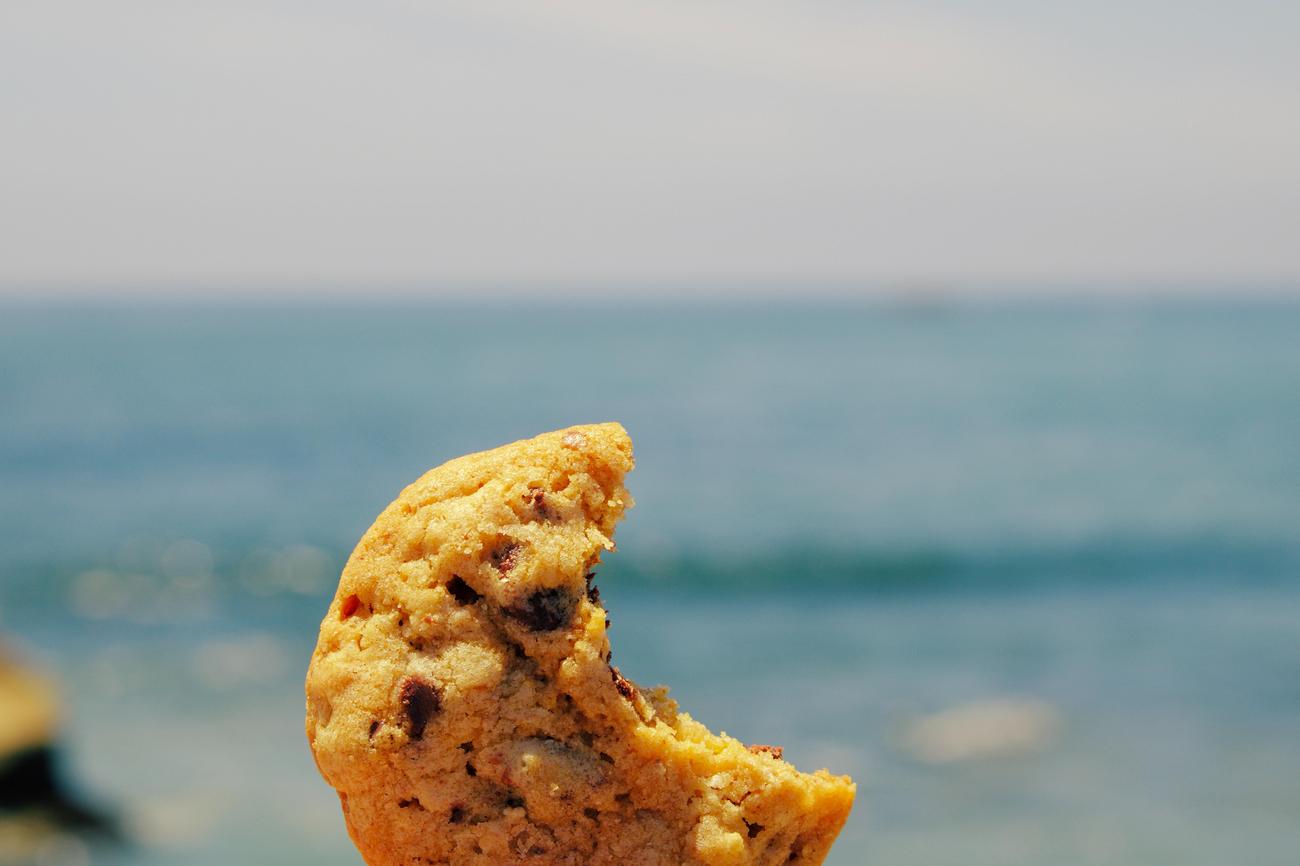Get ready to embark on a delectable journey through time as we uncover the fascinating world of cookie facts and history. In this tantalizing article, we will dive deep into the origins, cultural significance, and mouthwatering variations of these beloved treats that have tempted our taste buds for generations. With a passion for culinary history and an insatiable craving for cookies, we will unravel the intriguing stories behind these delightful baked goods, leaving you captivated and craving a freshly baked batch. So, grab a glass of milk and prepare to indulge in the alluring tales that await in the realm of cookie facts and history.

Cookie Facts And History
In the world of baked goods, few treats are as celebrated and universally loved as cookies. Whether you prefer them soft and chewy or delightfully crisp, cookies have a special place in our hearts and stomachs. But have you ever wondered about the journey and evolution of these delectable delights? Let’s dive into the fascinating history and intriguing facts surrounding cookies.
Origin and Spread
Cookies, surprisingly, trace their origins back to 7th century Persia. It was here that early bakers crafted their sweet and crumbly creations using a mixture of sugar, nuts, honey, and spices. And thus, the first cookies were born, providing a tantalizing taste of the future.
Thanks to the Muslim conquest of Spain, these delectable treats made their way to Europe, capturing the hearts and palates of the people. By the 14th century, cookies had become a beloved indulgence for all levels of society, from royalty to street vendors. In fact, some cookbooks of the time referred to them as “small cakes,” further highlighting their connection to the world of pastries and desserts.
The Iconic Innovations
As time progressed, the world of cookies witnessed sensational inventions that forever transformed the landscape of baked goods. In the early 1900s, the Oreo cookie made its grand debut, captivating taste buds with its irresistible sandwich design and creamy filling. Since then, the Oreo has become one of the most popular and iconic cookies in the world, enjoyed by millions across the globe.
Another legendary creation that still warms our hearts (and stomachs) today is the chocolate chip cookie. In the 1930s, Ruth Wakefield, the proprietor of the Toll House Inn, had a stroke of genius. She added chunks of chocolate to her cookie dough, creating a heavenly combination that quickly became a sensation. The chocolate chip cookie has since become a timeless classic, adored by generations and often associated with warm childhood memories.
Traditions and Passions
When it comes to cookie-centered traditions, few can compare to the beloved Girl Scout cookies. Since 1917, these delectable treats have been sold by Girl Scouts, raising funds for their activities and fostering a sense of community. From Thin Mints to Tagalongs, these cookies have become synonymous with supporting young girls in their quest to learn valuable life skills while satisfying our sweet tooth.
Now, let’s not forget about the fortune cookie, a delightful treat often enjoyed at the end of a Chinese meal. While many assume it hails from China, the fortune cookie actually originated right here in California. These crispy, shell-like cookies, hiding a tiny piece of paper with a special message or prediction, have become an integral part of Chinese cuisine in Western countries.
Etymology and Beyond
The word “cookie” itself carries a rich linguistic journey. Dating back to at least 1701 in Scottish usage, it originally referred to a “plain bun.” Over time, the term evolved, and the American interpretation of the word came from the Dutch “koekje,” meaning “little cake.” This linguistic blend beautifully encapsulates the essence of cookies: small, delightful baked goods that truly make our taste buds dance.
So next time you indulge in a freshly baked cookie, take a moment to appreciate the rich tapestry of history and significance behind that humble treat. From their Persian roots to global fame, from royal feasts to street vendor delights, cookies have conquered hearts and palates alike. Their timeless allure continues to captivate us, inviting us to savor every morsel.
As we uncover the cookie facts and history, we glimpse the evolution and global impact of these delectable delights. So let’s celebrate the creativity, skill, and cultural significance of cookie-making, always ready to embrace the comforting and nostalgic taste of a freshly baked batch.
“The journey of cookies takes us on a tantalizing trip through time, blending diverse cultures with scrumptious flavors. So grab a cookie, breathe in its enticing aroma, and savor its history in every delightful bite.”
Chocolate chip cookies are a classic treat loved by people of all ages. But did you know there are some fascinating facts about chocolate chip cookies that you probably didn’t know? From their humble beginnings to their worldwide popularity, it’s time to dive into the world of chocolate chip cookies. If you want to discover these intriguing facts, click here for more information about facts about chocolate chip cookies.
Cookie Facts And History
If you’re a fan of the world’s most beloved dessert, chocolate chip cookies, then you’re in for a treat! We have compiled a list of delicious facts about chocolate chip cookies that will make you appreciate them even more. From the perfect balance of textures to the mouthwatering taste of each bite, these cookies are a true delight. Don’t miss out on learning some intriguing history of chocolate chip cookies, as it adds an extra layer of appreciation to this beloved treat. So, click here to uncover the secrets behind these delectable delights: delicious facts about chocolate chip cookies and intriguing history of chocolate chip cookies. Get ready to indulge in a world of sweetness and nostalgia!
The Science Behind Perfectly Baked Cookies
[youtube v=”n6wpNhyreDE”]
Introduction
Cookies have been enjoyed for centuries, with their origins dating back to 7th century Persia. These delicious treats have evolved and become beloved around the world, with diverse flavors and cultural significance. But have you ever wondered what goes on inside the oven when you bake cookies? In this article, we will explore the chemistry behind the baking process, uncovering the secrets of how ingredients and temperature interact to create the perfect cookie.
The Transformation Begins: Melting Butter and Squirming Bacteria
When you place your cookie dough in the oven, a series of chemical reactions takes place. As the dough reaches 92 degrees Fahrenheit, the butter inside begins to melt. Butter is an emulsion of water and fat, and as it melts, the trapped water is released. As the cookie gets hotter, the water expands into steam, pushing against the dough from the inside. This creates the characteristic texture of a cookie.
“By reaching 92 degrees Fahrenheit, the butter inside the dough melts, releasing trapped water that expands into steam, giving the cookie its texture.”
Additionally, when the dough reaches a temperature of 136 degrees, any bacteria, such as salmonella, present in the eggs are killed off. This crucial step ensures the safety of consuming the baked cookies and underlines the importance of not eating raw cookie dough.
“At 136 degrees, the heat kills off any bacteria, ensuring the safety of the cookies.”
Protein Unfolding: From Squishy Dough to Solid
Eggs are another key ingredient in cookie dough, and they play a vital role in the baking process. Eggs are composed of different kinds of proteins, and when exposed to heat, these proteins undergo a transformation. Fresh from the hen, the proteins appear as coiled-up balls of string. However, as the dough heats up, the proteins unfold and intermingle with each other, creating a linked structure. This transformation is what gives a cookie its solid texture.
“The proteins in the eggs unfold and intermingle with each other, transforming the dough into a solid texture.”
The Art of Rising: Creating Airy Pockets
To achieve that light and flaky texture, cookies rely on a leavening agent called sodium bicarbonate or baking soda. When sodium bicarbonate reacts with the acids present in the dough, it releases carbon dioxide gas. This gas creates small pockets within the dough, making the cookie airy and light.
“The reaction between sodium bicarbonate and acids in the dough releases carbon dioxide gas, creating small pockets that give the cookie its airy texture.”
The Maillard Reaction: A Symphony of Flavors and Aromas
At around 310 degrees, a fascinating reaction called the Maillard reaction takes place. During this process, proteins and sugars in the dough break down and rearrange themselves, forming ring-like structures. These structures reflect light in a way that gives cookies their rich, brown color. Furthermore, a wide range of flavor and aroma compounds are produced, creating the delightful taste and smell of freshly baked cookies.
“The Maillard reaction produces a range of flavor and aroma compounds, giving cookies their distinctive taste and smell.”
The Sweet Finale: Caramelization Unleashed
Lastly, at high temperatures, sugar molecules undergo a process known as caramelization. This reaction takes place around 356 degrees and continues until around 390 degrees. As the sugar molecules break down, they form sweet, nutty, and slightly bitter flavor compounds. This is what gives cookies their delicious caramelized taste.
“Caramelization occurs when sugar molecules break down, creating the sweet, nutty flavor that defines well-caramelized cookies.”
Conclusion
Next time you bake a batch of cookies, remember that behind their delectable taste and aroma lies a world of chemistry. From the butter melting to proteins unfolding, and the creation of airy pockets, each step in the baking process contributes to the cookie’s final texture and flavor. So, grab a glass of milk, indulge in your freshly baked treat, and savor the sweet outcome of the intricate chemistry happening inside your oven.
“Science can be pretty sweet, especially when it results in a perfectly baked cookie.”
FAQ
Q: When and where were cookies first created?
A: Cookies originated in 7th century Persia and were made with sugar, which was a new ingredient in the region at the time.
Q: How did cookies spread to Europe?
A: Cookies spread to Europe through the Muslim conquest of Spain.
Q: When did cookies become popular in Europe?
A: By the 14th century, cookies were popular in all levels of society in Europe, from royalty to street vendors.
Q: What were cookies called in some cookbooks?
A: Cookies were also referred to as “small cakes” in some cookbooks.
Q: What were the first cookies made of?
A: The first cookies were created using a mixture of nuts, honey, and spices.
- Unlock 6000+ words beginning with he: A comprehensive analysis - April 20, 2025
- Mastering -al Words: A Complete Guide - April 20, 2025
- Master Scrabble: High-Scoring BAR Words Now - April 20, 2025
















